Did you know only about 2% of website visitors convert on their first visit ? If you’re frustrated by poor conversion rates, you’re not alone—and there’s a proven solution. In this comprehensive guide, we’ll unravel the key reasons conversion funnels fail , expose common pitfalls that stifle leads, and showcase actionable steps for funnel optimization that can immediately boost your bottom line. If you’re ready to break the cycle of underperforming marketing funnels, keep reading. This is your ultimate blueprint to dominate funnel optimization in 2024 and beyond.
Unlocking High Conversion Funnel Optimization: An Eye-Opening Perspective
"Only about 2% of website visitors convert on their first visit. The secret to a profitable business? Funnel optimization."
- Key reasons most conversion funnels fail and why funnel optimization is the missing link
- Common disconnects between sales funnels and your target audience
- Surprising statistics about sales funnel drop-off rates at each funnel stage
Marketers pour time and money into building the perfect sales funnel , only to watch potential customers vanish before ever making a purchase. What gives? Often, the problem isn’t the product or service—it’s a misaligned conversion funnel that doesn’t match real user behavior or the pain points of your target audience . Startlingly, most conversion funnels suffer massive drop-offs at each funnel stage , yet few businesses rigorously audit or optimize these key transitions. Landing page bottlenecks, irrelevant messaging, and friction in the customer journey all torpedo your ROI. Funnel optimization is the linchpin: it’s not about more traffic, but about turning the traffic you already have into paying customers.
To optimize your conversion funnel, it’s crucial to understand not only where prospects are dropping off but also why . Are your landing pages speaking the language of your target audience? Is your social proof compelling enough to build trust during the awareness stage or move readers further down the funnel? Most businesses underestimate how disconnects at just one stage of the funnel can ruin sales results. Data shows that as many as 79% of leads never convert due to poor lead nurturing. Addressing these critical challenges through funnel optimization will shift your funnel from a leaky pipeline to a well-oiled conversion machine.

What You Gain from Funnel Optimization: Clarity, Control, and Results
- Understand every stage of the marketing funnel to improve conversion rates
- Learn actionable steps to optimize your conversion funnel and maximize ROI
- Discover important conversion funnel metrics and how to track them
- Establish a strategy for continuous funnel optimization improvement
When you commit to funnel optimization , you’re unlocking unparalleled insight into the behavior of your users at each stage of the funnel . By understanding the nuances of the marketing funnel —from awareness to decision and beyond—you can identify and resolve conversion bottlenecks with laser-focused precision. This clarity grants you control over your conversion funnel instead of letting guesswork dictate your marketing strategy.
The real beauty of conversion funnel optimization lies in measurable results. Your team gains the tools to improve conversion rates, reduce customer acquisition costs, and maximize long-term customer value. By tracking key metrics like click-through rates, landing page engagement, and multi-stage conversion rates, you gain an ongoing roadmap for success. No more stagnant conversion rates ; instead, you’ll have an actionable monthly plan that compounds results over time. The days of wondering “why isn’t my funnel converting?” are finally over—optimization provides the answers.
Understanding the Conversion Funnel Framework for Funnel Optimization
The Anatomy of a Sales Funnel: Key Principles
- Defining the marketing funnel from awareness to purchase (and beyond)
At its core, the sales funnel (or conversion funnel ) is a step-by-step system that guides potential customers from initial discovery to final purchase—and ideally, into loyalty and advocacy. The classic marketing funnel stages include awareness, interest, consideration, decision, and action. Each funnel stage represents a unique phase in the customer journey , requiring tailored marketing messages, offers, and calls-to-action.
Effective funnel optimization means looking at each of these stages through the lens of your target audience 's needs. For example, in the awareness stage , new visitors want educational content that addresses their pain points, not aggressive sales pitches. At the decision stage, prospects need reassurance through social proof —think testimonials or trust badges—before they’ll make a purchase. Businesses that define, map, and test each stage of the funnel are better equipped to optimize for improved conversion rates and efficient marketing spend.
Aligning Stages of the Funnel with Customer Journey
- Mapping landing pages and content to each funnel stage
- Identifying friction points in the customer journey
It’s vital to ensure your landing pages , content, and offers match the specific intent of each funnel stage . For example, a potential customer in the interest stage expects information-rich blog posts, guides, or videos that educate and nurture trust. Meanwhile, someone weighing a decision is searching for detailed product comparisons, case studies, or customer testimonials. Failing to customize touchpoints to the customer journey leads to disengagement and drop-off.
A core tenet of funnel optimization is pinpointing and eliminating friction points that stall progress. Are users abandoning forms due to too many fields? Is your checkout process burdensome or unclear? Is the user experience inconsistent across desktop and mobile? By mapping user flows and analyzing behavioral data, you can design landing pages and content that gently guide prospects toward conversion—not away. Remember: every improved transition equals a direct boost to your conversion rate .
| Funnel Stage | Description | Typical Conversion Rate |
|---|---|---|
| Awareness | Prospects discover your brand | 1-10% |
| Interest | Prospects seek more information | 10-25% |
| Consideration | Prospects evaluate options | 15-30% |
| Decision | Prospects are close to buying | 20-50% |
| Action | Prospects make a purchase or conversion | 2-10% |
| Retention | Customers return or provide referrals | Varies by industry |
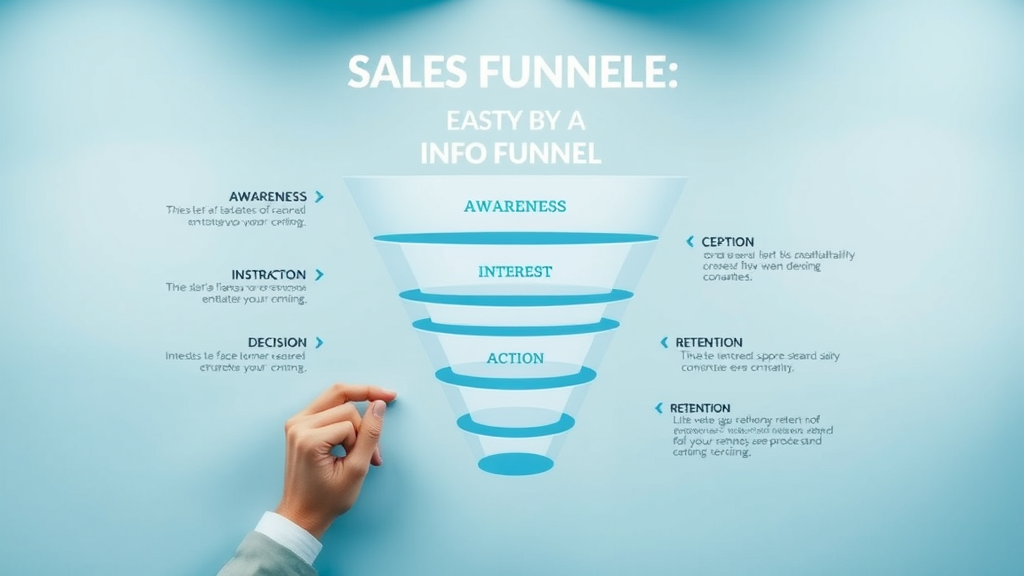
Pinpointing Funnel Optimization Gaps That Hurt Conversion Rates
Where Most Conversion Funnels Break Down
- Critical sales funnel metrics that reveal leakage
- Landing page bottlenecks and the importance of user intent
One of the most daunting challenges with funnel optimization is finding—and fixing—the weakest links. Frequently, the biggest leaks in your sales funnel occur between stages, not within them. If your landing page isn’t clearly aligned with your paid advertising, for example, bounce rates soar and conversions plummet. Metrics such as exit rates, form abandonment, and page load times offer valuable insights into where and why potential customers drop out. Ignoring these numbers means wasting marketing spend and leaving revenue on the table.
The best approach is a relentless pursuit of bottlenecks. Are users dropping off at the awareness stage due to vague offers or weak calls-to-action? Is a clunky checkout page derailing prospects at the decision or action stage? Monitor each conversion funnel step, test page variants, and use heatmaps to visualize friction. Funnel optimization thrives on this process—small tweaks in landing page layout, offer clarity, copy, or social proof elements can dramatically increase conversion rates.
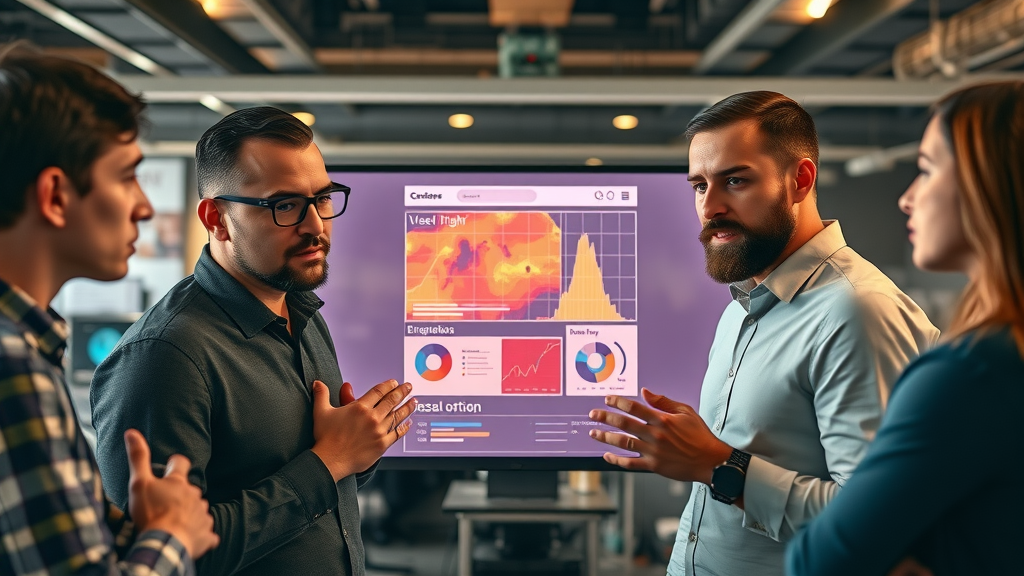
Target Audience Mismatches and Funnel Stage Friction
- Why understanding your target audience is essential at every funnel stage
- Adapting funnel optimization strategies based on behavioral analytics and feedback
"Optimize your conversion by speaking directly to where your prospect is on the customer journey."
Target audience mismatches are silent funnel killers. If your messaging or offer doesn’t directly address the pains and goals of your potential customers, they’ll tune out—no matter how slick your design. At every funnel stage , from awareness to acquisition, the user must feel understood. This empathy leads not only to more conversions but to higher-quality leads and improved return on your marketing investment.
The smartest marketers leverage behavioral analytics and direct feedback to adapt their approach. Are users visiting your site but not submitting forms? Time to reassess the copy and call-to-action. Are reviews and testimonials underutilized? Position them more prominently on your landing pages. Adapting in real time based on data is the hallmark of effective funnel optimization —and it’s how you fix funnel stage friction before it becomes an enterprise-wide pain point.
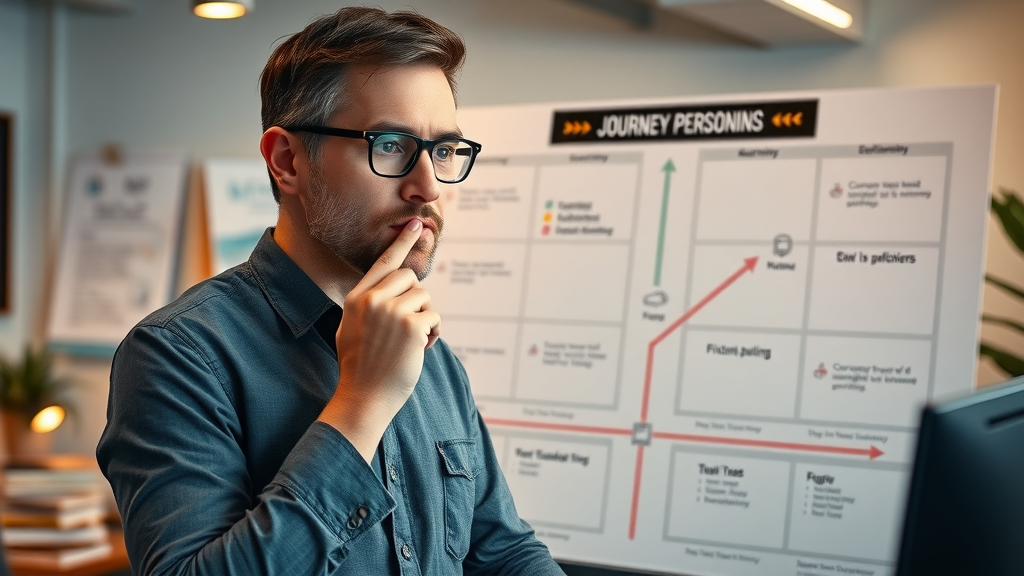
Landing Pages & Social Proof: The Building Blocks of Effective Funnel Optimization
Designing Landing Pages for Each Funnel Stage
- High-converting landing page elements, including social proof and call-to-actions
- Differences between landing pages for awareness, consideration, and decision stages
Landing pages are the conversion engine of any sales funnel . Design each page to meet your target audience precisely where they are in the customer journey —not before, not after. In the awareness stage , focus on clear value propositions, pain point education, and prominent opt-in forms or calls-to-action (CTAs). As users progress to the consideration stage, your landing page should present more in-depth resources, product comparisons, and answers to common objections.
The decision stage demands social proof: testimonials, reviews, media trust badges, and even user stats to reinforce credibility. A/B testing landing page variants—changing only one element at a time—can reveal which headlines, CTA colors, or testimonial placements most improve your conversion rate. The best-optimized funnels escalate trust and urgency as the visitor moves from initial interest to final decision.

Leveraging Social Proof Across Your Marketing Funnel
- Incorporating testimonials, reviews, and trust badges for higher conversion rates
- Examples of social proof placement to maximize optimize your conversion funnel
Social proof is more than a few happy customer quotes—it’s an engine for improved conversion rates at every funnel stage. People trust people; that’s why displaying recent reviews, high-profile client logos, or user counts near CTAs can substantially increase conversions. For instance, try putting a five-star testimonial right below your form to reduce friction during lead capture. Or place trust badges near your checkout button to alleviate last-minute doubts and boost bottom-of-funnel conversions.
The most successful conversion funnels bake social proof into every touchpoint. Showcase “featured in” logos beneath the hero section for early trust; add video testimonials halfway down your landing page for consideration-stage visitors; and inject live review widgets on pricing pages to convert those on the fence. Test, measure, and iterate—because funnel optimization is a living, always-improving process.

Traffic Sources and the Customer Journey in Funnel Optimization
Channel Mix: Impact of Social Media, Organic, and Paid Traffic on Funnel Success
- Matching channel intent to funnel stage: a social media and PPC case study
Not all traffic is created equal when it comes to achieving optimal conversion rates . The magic of funnel optimization lies in matching your traffic sources to each stage of the funnel . Social media tends to excel at the awareness and early interest stages , getting your brand in front of new audiences with engaging content or viral posts. Meanwhile, search and SEO drive highly intent-driven prospects to your landing pages at the consideration and decision stages—perfect for product demos, case studies, and competitive offers.
A PPC case study might show that cold Facebook ad traffic converts best when routed to “pain point” lead magnets, while Google Search visitors need product comparisons or testimonials right away. The key is to design your conversion funnel around where your target audience comes from and what their needs are at each funnel stage . Testing channel-specific landing pages and customizing CTAs to reflect the journey leads to significant increases in both conversion and return on ad spend.
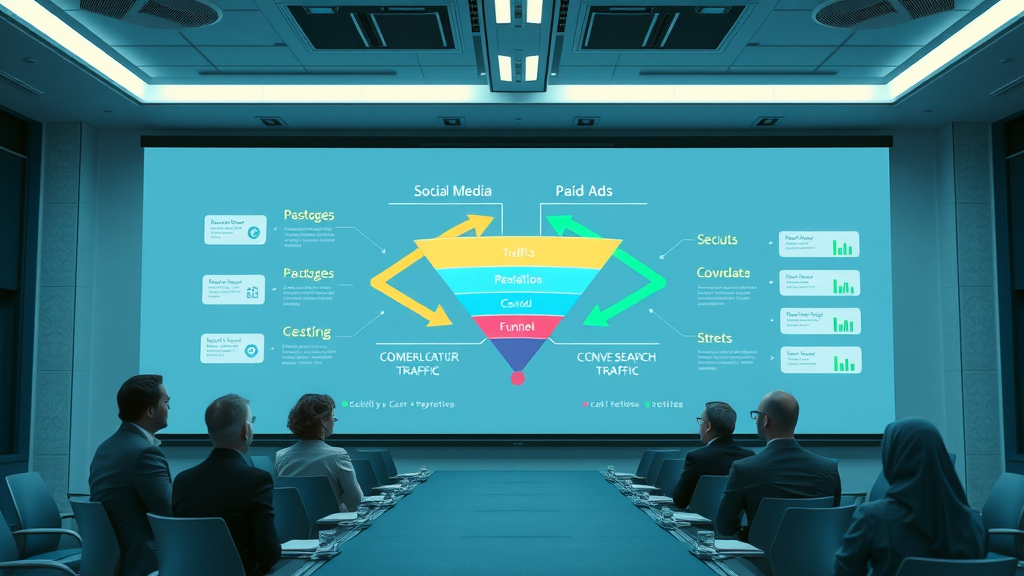
Personalizing the Customer Journey: Segmentation and Target Audience Alignment
- Behavioral triggers and dynamic content tailored to optimize sales funnels
Modern funnel optimization thrives on personalization. With advanced analytics, you can segment your target audience by behavior—who clicked what, abandoned which step, downloaded which lead magnet—and serve tailored content to each visitor. For example, offer a special discount to users who viewed your pricing page twice but didn’t convert, or present unique resources to returning blog readers. Behavioral triggers, such as cart reminders or follow-up emails, nudge prospects forward and ensure no one slips through the cracks.
Personalization extends beyond email. Dynamic landing pages that update headlines or images based on user history, device, or geolocation improve the user experience and boost conversion rates . This targeted approach builds trust and demonstrates that your brand “gets” the prospect—no more one-size-fits-all messaging; every user travels their own optimized path through your conversion funnel .

Funnel Optimization Best Practices: Real-World Implementation
Data-Driven Funnel Optimization for Continuous Improvement
- Key sales funnel metrics and conversion rate benchmarks
- Using A/B and multivariate testing to optimize your conversion funnel
The secret to sustainable funnel optimization is a robust, ongoing testing and measurement process. Track and benchmark the most critical sales funnel metrics: unique visitor counts, click-through rates at each funnel stage, form conversion rate, cart abandonment, and—most importantly—customer value over time. Don’t rely on gut feeling. Build disciplined testing plans using A/B or multivariate tools like Google Optimize, VWO, or Optimizely to discover which changes move the needle for your conversion rate.
Analyze the data ruthlessly. Are blog posts driving awareness but failing to push users further? Do certain testimonial placements outperform others on your landing page ? What headline or product feature triggers more conversions among your target audience ? Funnel optimization is a cycle of experiment, measure, and iterate. Data never lies, and every test brings you one step closer to an unstoppable conversion funnel .

Lead Nurturing Tactics for All Funnel Stages
- Automated email sequences, content marketing, and retargeting strategies
- List: Top 10 funnel optimization tools for 2024
Effective funnel optimization isn’t just about in-the-moment conversion; it’s how you nurture relationships at every step. Automated email sequences can re-engage leads, deliver timely reminders, or provide extra value—especially for those in the consideration and decision stages. Retargeting ads on social media and Google display networks can bring users back who’ve dropped out. And content marketing (with guides, comparison blog posts, and FAQs) builds trust and shortens the buying cycle for those not yet ready to commit.
- Top 10 Funnel Optimization Tools for 2024:
- Google Analytics 4 – End-to-end funnel tracking
- Hotjar – Heatmaps and user behavior analysis
- Optimizely – A/B and multivariate testing
- HubSpot – All-in-one marketing automation and lead nurturing
- Unbounce – Landing page optimization
- Crazy Egg – Visual analytics and UX improvements
- ClickFunnels – Funnel creation and split testing
- ActiveCampaign – Email and sales automation
- VWO (Visual Website Optimizer) – Comprehensive testing suite
- Segment – Advanced audience segmentation and analytics
Video Walkthrough: Funnels That Convert vs. Funnels That Don’t
Sometimes, it takes seeing real funnels in action to fully grasp the difference made by expert funnel optimization . In our companion video walkthrough (featured on our website), you’ll compare high-converting and underperforming sales funnels, side-by-side. You’ll spot common mistakes—inconsistent CTAs, missing social proof, poor mobile experience—and see how simple tweaks can drive drastic conversion improvements. The insights extend far beyond static diagrams or blog posts—this is your chance to “peek behind the curtain.”
Watch practical, real-world examples of funnel optimization in motion. Checklists, on-screen data, and user behavior overlays bring the process to life and give you guidance you can implement right away. Don’t miss this essential walkthrough—transform your own funnel strategy using proven techniques, not guesswork.
Case Studies: Real Businesses That Improved Their Conversion Rate Through Funnel Optimization
- Before-and-after data showing impact of funnel optimization
- Industry-specific approaches (B2B, e-commerce, SaaS, local services)
No two businesses are exactly alike, but one truth is universal: funnel optimization works across every industry when you execute it with precision. One SaaS company, for example, revamped their landing pages to address late-stage objections and added testimonial widgets, resulting in a jaw-dropping 200% increase in sign-ups within eight weeks. An e-commerce brand split-tested checkout flows and streamlined product detail pages, slashing abandonment rates from 60% to 40%.
In B2B, a consulting firm mapped their entire customer journey and replaced generic content with pain-point-specific case studies per funnel stage. This realignment doubled lead-to-call conversions and improved client retention. Even local services, like law firms or home improvement businesses, found that adding reviews, FAQs, and real-time chat widgets at the bottom of the funnel helped close hesitant prospects. The results are consistent: systematic conversion funnel optimization delivers measurable ROI—regardless of industry or funnel format.
"After a few tweaks in our customer journey and landing pages, our conversion rates tripled in just two months." – SaaS Founder
Solving Common Funnel Optimization Challenges in 2024
Adapting Your Sales Funnel to a Multi-Device, Multi-Channel World
- Responsive landing pages and seamless cross-platform experiences
- Omnichannel attribution and funnel stage alignment
Modern audiences research, compare, and convert across a dizzying array of devices and channels—smartphones, tablets, desktop, social media, search, and email. If your sales funnel isn’t responsive and consistent, you’ll lose conversions and squander leads. Prioritize mobile-friendly landing pages , fast load times, and smooth transitions at every funnel stage. Ensure brand messaging and CTAs are perfectly aligned between devices and platforms; a disjointed experience devastates the customer journey .
Go a step further with omnichannel attribution: track every touchpoint and assign credit where it’s due. Advanced CRM systems and analytics platforms let you stitch together a prospect’s path so you can see exactly where they converted—or dropped out. This knowledge informs ongoing funnel optimization , allowing you to allocate marketing budget to the touchpoints that deliver the best return.
Regulatory, Privacy, and Tracking Updates Impacting Funnel Optimization
- First-party data, cookie restrictions, and maintaining conversion tracking integrity
Data privacy regulations (like GDPR and CCPA) and browser changes have forced a major rethink of funnel optimization tracking strategies. Relying on third-party cookies for user behavior insights is increasingly risky. Instead, build out robust first-party data collection methods—think email opt-ins, in-app tracking, and direct customer feedback. Update privacy policies and ensure transparency at every funnel stage to build trust and remain compliant.
Tools like server-side tracking or privacy-first analytics platforms help maintain the data clarity you need for effective conversion funnel improvement. Don’t treat these changes as just a hurdle—see them as an opportunity to build trust, refine your marketing funnel , and enhance your competitive advantage.
Step-by-Step Guide: How to Start Funnel Optimization Now
- Checklist of quick wins for sales funnel and landing page optimization
- Monthly action plan for continuous sales and conversion rate improvements
Embarking on your funnel optimization journey doesn’t need to be overwhelming. To get started, use this quick-action checklist:
- Audit every step of your conversion funnel for friction and drop-off
- Test landing page headlines, CTAs, and social proof placements
- Set up heatmaps and session recordings to identify user pain points
- Segment your target audience based on user behavior
- Personalize content and offers by funnel stage
- Implement automated email nurturing and retargeting ads
- Establish conversion tracking in Google Analytics 4 or similar platforms
- Schedule monthly reviews of funnel performance metrics
- Prioritize the biggest bottlenecks for focused optimization efforts
- Repeat the process for ongoing improvement
For sustained growth, follow this monthly action plan:
- Review funnel metrics and note changes
- Run one new landing page A/B test
- Interview customers for feedback
- Update key messaging and social proof based on results
- Invest in learning a new funnel optimization tool
- Document lessons learned and new action items each month
| Tool | Key Features | Pricing (2024) | Best For |
|---|---|---|---|
| Google Analytics 4 | Funnel tracking, user segmentation, event analysis | Free | All businesses |
| Optimizely | A/B, multivariate testing, personalization | From $50/mo | Testing & optimization teams |
| Hotjar | Heatmaps, recordings, on-site feedback | From $39/mo | User experience insights |
| HubSpot | CRM, automation, lead nurturing | Freemium/Pro plans | Integrated marketing |
| Unbounce | Landing page builder, testing, popups | From $74/mo | Rapid landing page deployment |

People Also Ask About Funnel Optimization
What is a funnel optimization?
- Funnel optimization is a systematic approach to refining each stage of your marketing or sales funnel with the goal of increasing conversions and revenue. It involves data-driven adjustments to landing pages, calls-to-action, and content, ensuring prospects progress efficiently through the conversion funnel.
What are the 5 stages of the sales funnel?
- The five classic stages of the sales funnel are Awareness, Interest, Consideration, Decision, and Action. Funnel optimization addresses friction at each of these stages to boost conversion rates, shape the customer journey, and improve sales outcomes.
What is funnel in SEO?
- A funnel in SEO refers to the series of steps a user takes, from the first search engine interaction to a desired outcome (such as a purchase or lead). Funnel optimization in an SEO context ensures landing pages and content match different search intents and stages of the conversion funnel, maximizing organic conversions.
What is funnel strategy?
- Funnel strategy is the overarching plan for guiding prospects through the stages of the marketing or sales funnel, from first touchpoint to conversion and ongoing engagement. Effective funnel optimization underpins a successful funnel strategy by continually refining paths to conversion.
Expert Answers to Funnel Optimization FAQs
- How often should I review and optimize my conversion funnel? Regular review is crucial for ongoing funnel optimization. Most experts recommend auditing your funnel monthly—tracking metrics, running fresh tests, and implementing changes based on data. If your product or audience changes rapidly, consider biweekly checks. The key is to stay proactive and iterate continuously.
- What metrics matter most for funnel optimization success? The most important metrics include conversion rate at each funnel stage, bounce and exit rates, average session duration, form completion, cart abandonment, cost per conversion, and customer lifetime value. These indicators tell you where to focus your optimization efforts for biggest impact.
- Can funnel optimization help with organic search rankings? Yes! Funnel optimization often improves landing page relevance, user engagement, and site structure—signals that search engines reward. Better alignment of content with search intent at each funnel stage can also boost organic rankings and increase traffic that’s primed to convert.
- How do I track funnel stages in Google Analytics 4? In GA4, set up funnel visualizations using custom events and conversions. Map each key action (e.g., pageviews, form submits, checkouts) as a separate funnel step. Analyze drop-offs to highlight bottlenecks and measure improvements after optimization efforts.
Your Next Steps for Funnel Optimization Success
- Key takeaways for immediate funnel optimization improvement
- Links to further reading, recommended tools, and advanced training
"Great marketing funnel optimization isn’t an event—it’s a process of continuous, data-driven improvement."
- Final checklist: audit your conversion funnel, set goals, prioritize changes
- Ready to grow your business? Book your free marketing strategy session with our team today. https://aaronmills.marketing/
Begin today: Audit your funnel, set measurable goals, and prioritize your biggest optimization wins for immediate revenue growth.
To enhance your understanding of funnel optimization, consider exploring the following resources:
-
“8 Marketing Funnel Optimization Strategies And Metrics” ( thecmo.com )
-
“Sales Funnel Optimization: 9 Ways to Maximize Conversions” ( semrush.com )
These articles provide actionable strategies and insights to help you refine your marketing funnels and improve conversion rates.
 Add Row
Add Row  Add
Add 

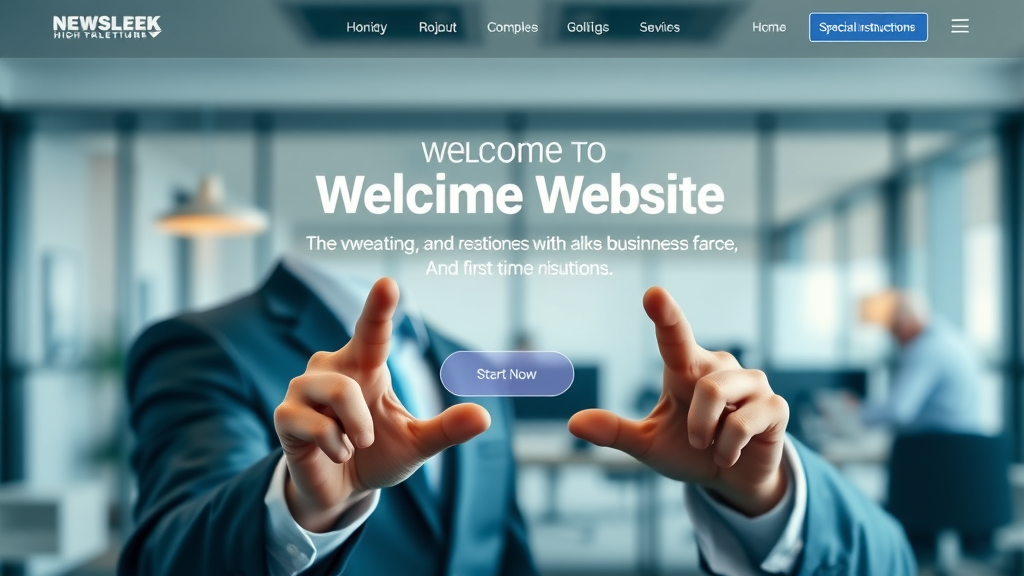

Write A Comment